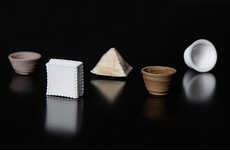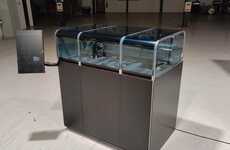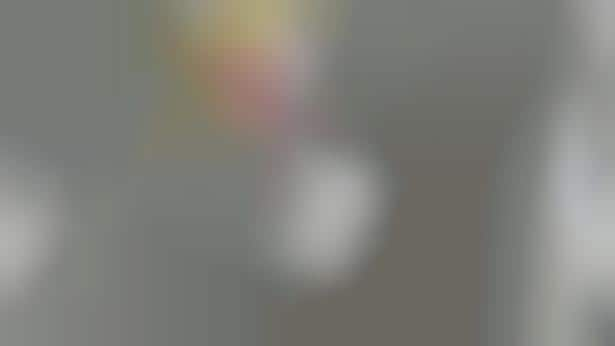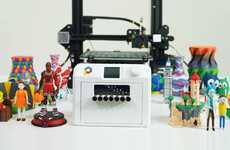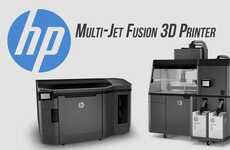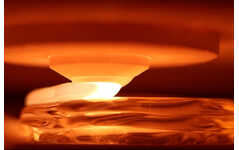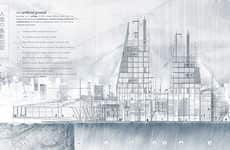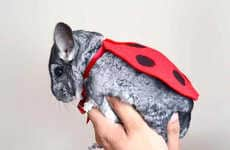
Researchers Add Intricate Color to 3D-Printed Creations
Meghan Young — May 14, 2015 — Tech
References: fastcodesign
The term computational hydrographic printing is one that is bound to become somewhat of common -- at least in the 3D printing industry. It is an innovative way to add intricate color to 3D printed objects. In this case, these creations involve a slew of wild animals. What appears to be a simple process of dipping the objects into a pool of water is much more complex than that in reality.
Developed by researchers from Hangzhou's Zheijiang University and NYC's Columbia University, computational hydrographic printing involves a few steps. Fast Co Design writes, "Essentially, what they do is 3-D scan whatever object they want to print on before they dunk it. Algorithms then take whatever pattern you want to paint on it, and print it on the layer of transparent film in such a way that, when lowered into the water bath by a robotic arm, the pattern will be applied perfectly, every time."
Developed by researchers from Hangzhou's Zheijiang University and NYC's Columbia University, computational hydrographic printing involves a few steps. Fast Co Design writes, "Essentially, what they do is 3-D scan whatever object they want to print on before they dunk it. Algorithms then take whatever pattern you want to paint on it, and print it on the layer of transparent film in such a way that, when lowered into the water bath by a robotic arm, the pattern will be applied perfectly, every time."
Trend Themes
1. Computational Hydrographic Printing - Disruptive innovation opportunity: Implementing computational hydrographic printing to bring intricate color to 3D printed objects.
2. 3D Printing Industry - Disruptive innovation opportunity: Exploring the potential of computational hydrographic printing to revolutionize the 3D printing industry.
3. Robotic Arm Technology - Disruptive innovation opportunity: Advancing robotic arm technology to optimize the process of applying patterns in computational hydrographic printing.
Industry Implications
1. 3D Printing - Disruptive innovation opportunity: Incorporating computational hydrographic printing to enhance the capabilities and aesthetics of 3D printed objects.
2. Manufacturing - Disruptive innovation opportunity: Integrating computational hydrographic printing into the manufacturing process to achieve detailed and vibrant designs on various products.
3. Design - Disruptive innovation opportunity: Embracing computational hydrographic printing as a tool for designers to add intricate color patterns to their creations.
5.2
Score
Popularity
Activity
Freshness


